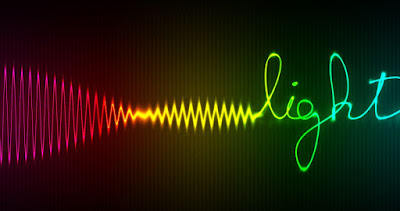Light is the weirdest things known to us and still the most powerful one. It is made of photons, which also behave like waves. It has been demonstrated to act like both a particle and a wave simultaneously . Photons can be entangled at a distance . They reflect, refract and diffract. They have angular momentum, but no mass .
Thing that had never been observed during any experimental investigation was bouncing off each other and changing direction like elastic balls. But new research from the ATLAS experiment at CERN describes the first direct evidence of this actually happening.
The phenomenon is called light-by-light scattering , described by Hans Heinrich Euler and Werner Heisenberg (of uncertainty principle fame), and calculated by Robert Karplus and Maurice Neuman in 1951.
"But if we take quantum physics into account, light can be scattered by light, even though this phenomenon seems very improbable."
The observation took place in the Large Hadron Collider, during a 2015 run in which it was smashing lead nuclei together . This is a much higher energy particle than the collider's usual protons, which means there's a dense cloud of photons involved.
The heavy ions don't usually collide with each other, but the photons can interact in what is called "ultra-peripheral collisions."
Out of four billion events analysed, the team found 13 candidate events for two photons interacting with each other and changing direction, rather than passing each other by.
In the visualisation above, we see data from a collision between two photons. The photons approach from behind and in front of the image, meeting in the centre of the circles. The green and yellow sections represent the energy deposited by the scattered photons, as detected by the ATLAS detector.
"This phenomenon is impossible in classical theories of electromagnetism; hence this result provides a sensitive test of our understanding of QED, the quantum theory of electromagnetism."
The next lead run of the Large Hadron Collider is scheduled to take place at the end of 2018. The research team hope to take more observations at that time to improve the precision of the result. There may also be the potential for a new field of study.
"Maybe we can find evidence for physics beyond the standard model of particle physics, for example axion-like particles that are a possible candidate for dark matter," Dyndal said. "Different theoretical concepts predict that light-by-light scattering can be sensitive to such particles."
"This is a milestone result: the first direct evidence of light interacting with itself at high energy," says reaserachers.

Comments